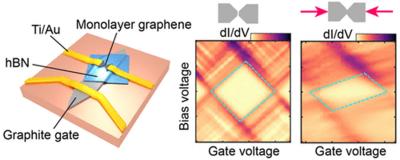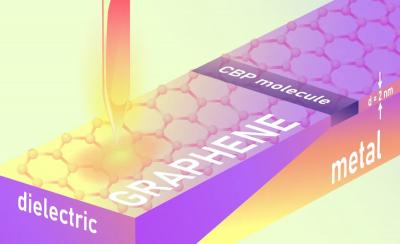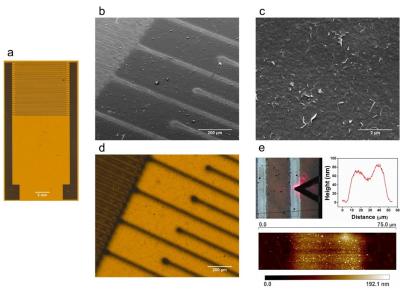Doped graphene shows promise for sodium-ion batteries
Scientists at EPFL have recently published a research that could open up new pathways to boosting the capacity of sodium-ion batteries. Lithium is becoming a critical material as it is used extensively in cell-phones and car batteries, while, in principle, sodium could be a much cheaper, more abundant alternative, says Ferenc Simon, a visiting scientist in the group of László Forró at EPFL. This motivated our quest for a new battery architecture: sodium doped graphene.
Since sodium is far more abundant than lithium, and the risk of fire is much lower with this battery chemistry, it is considered a potentially viable replacement to current lithium-ion technology. But sodium also has much lower energy density than lithium, which has so far limited uptake, particularly in the electric vehicle and consumer electronics segments, where the physical size of the battery is a deciding factor. EPFL's new work uses graphene to address this issue.







